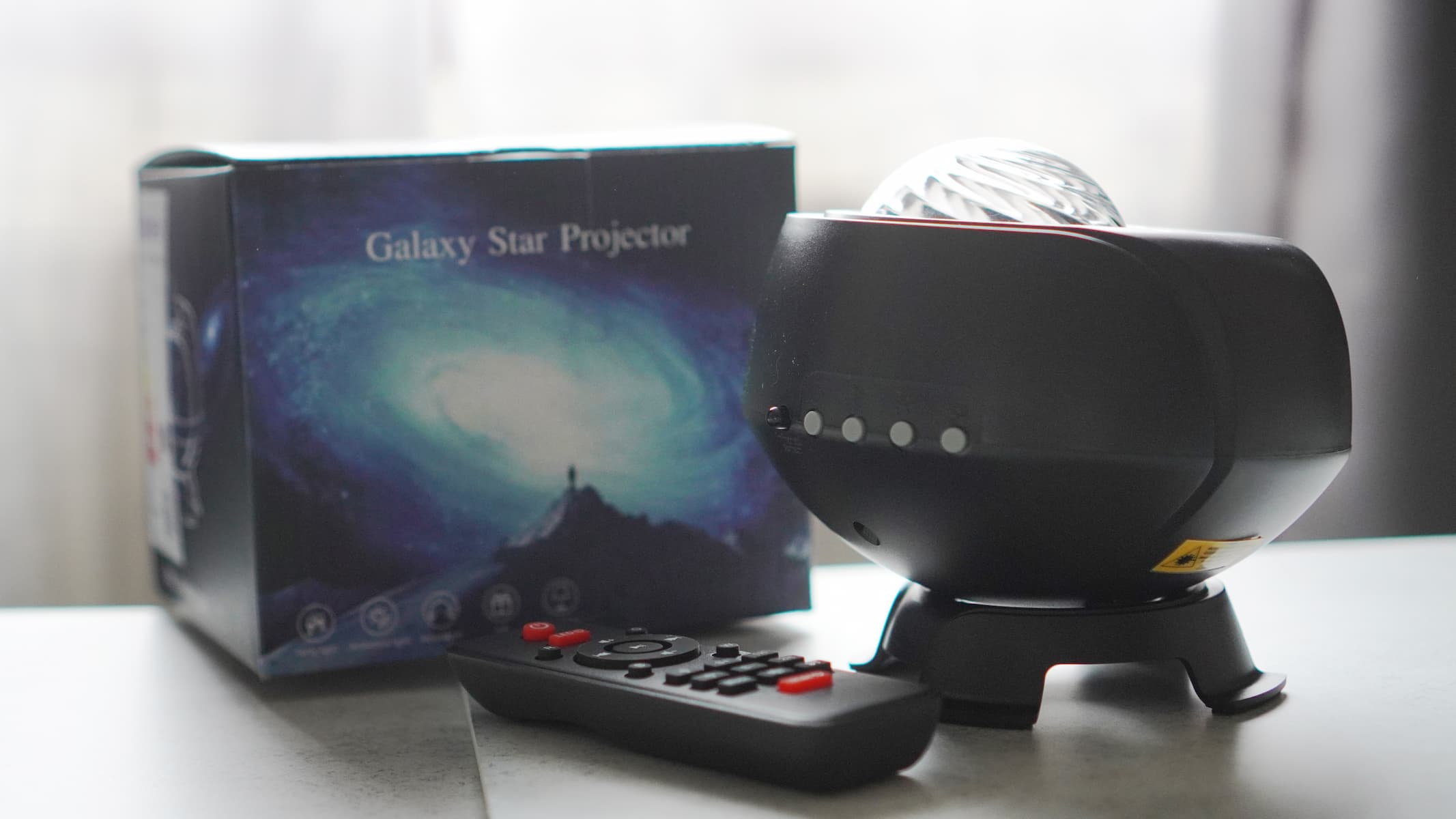Frosty Mars crater sparkles in new NASA photo

Frost extends across the surface of a southern crater on Mars in a new photo of the Red Planet.
The High Resolution Imaging Science Experiment (HiRISE) onboard NASA's Mars Reconnaissance Orbiter (MRO) captured the image of Mars' frosty surface, according to a statement from the agency.
Winters on Mars can be very cold, with temperatures near the poles dropping to minus 195 degrees Fahrenheit (minus 125 degrees Celsius). In turn, a layer of carbon dioxide frost, or dry ice, may form on the surface of some areas of the planet.
Related: 12 amazing photos from the Perseverance rover's 1st year on Mars
By the middle of the four-month winter, frost can spread from the poles down to the middle latitudes of the planets, or about 50 degrees latitude, where it starts to melt under the warm rays of the sun. This is equivalent to about the latitude of southern Canada on Earth, according to the NASA statement.
But orbiters can also spot small patches of frost on pole-facing slopes closer to the equator. These locations experience colder temperatures because they receive less sunlight, meaning the carbon dioxide frost doesn't melt.
The recent HiRISE photo was taken of Mars' Southern Hemisphere, during the middle of winter. The photo captures a crater located near 37 degrees south latitude.
Get the Space.com Newsletter
Breaking space news, the latest updates on rocket launches, skywatching events and more!
The south-facing slope of the crater is sprinkled with a bright frost of carbon dioxide, which appears blue in the enhanced color photo from the orbiter. The photo revealed dry ice in and around gullies on the slope, which have been carved out by debris flows that occur during warmer months.
Follow Samantha Mathewson @Sam_Ashley13. Follow us on Twitter @Spacedotcom and on Facebook.
Join our Space Forums to keep talking space on the latest missions, night sky and more! And if you have a news tip, correction or comment, let us know at: community@space.com.

Samantha Mathewson joined Space.com as an intern in the summer of 2016. She received a B.A. in Journalism and Environmental Science at the University of New Haven, in Connecticut. Previously, her work has been published in Nature World News. When not writing or reading about science, Samantha enjoys traveling to new places and taking photos! You can follow her on Twitter @Sam_Ashley13.
